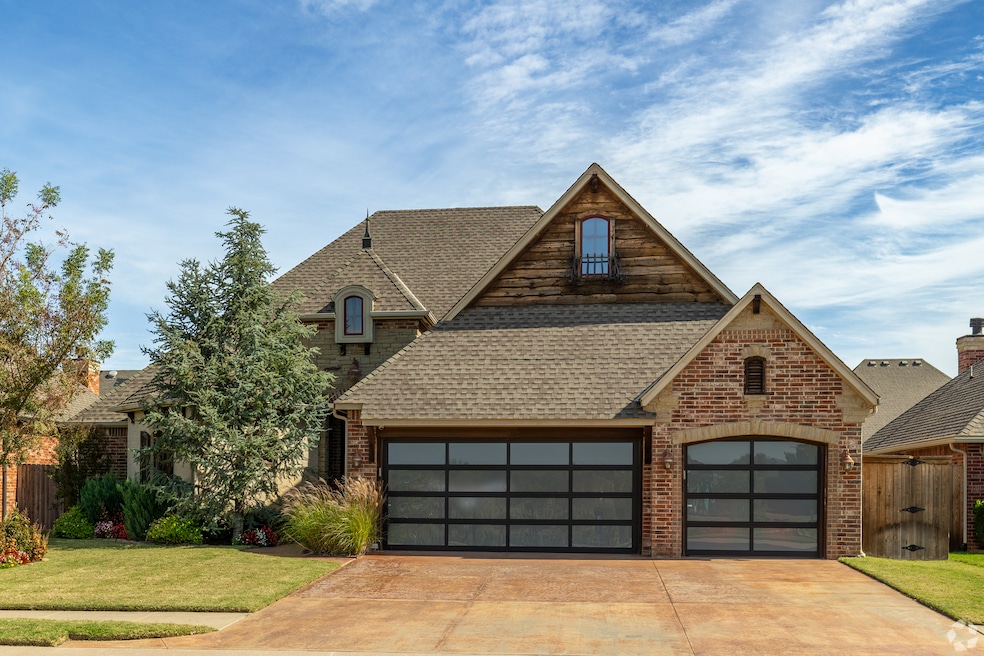A four-month low for mortgage rates has given the otherwise stagnant market a notable boost.
Mortgage applications increased 10.9% in the week ended August 8, according to the Mortgage Bankers Association's index measuring loan application volume.
As mortgage rates dropped last week to their lowest average since April, more buyers are opting for adjustable-rate mortgages, known as ARMs. The share of ARM applications increased to nearly 10% in the week ended August 8, according to the MBA's index. It's the highest demand for the loans since 2022.
It wasn't just homebuyers who were drawn in by the lower rate offerings — it was homeowners refinancing their loans.
In fact, applications for home purchases increased just 1% on a weekly basis. Meanwhile, refinance applications surged 23%, marking the strongest week of growth since April, Joel Kan, the MBA's deputy chief economist and vice president, said in a statement.
"Lower rates were not enough to entice more homebuyers back into the market, as purchase applications were only up around one percent over the week, although still stronger than last year’s pace," he said. "Borrowers with larger loan sizes continue to be more sensitive to rate movements.”
Buyers hope for further rate drops
As of Thursday, the average 30-year, fixed-rate mortgage was 6.63%, according to Freddie Mac.
Unlike fixed-rate mortgages that come with a set interest rate, ARMs are characterized by their variable interest rates. An ARM allows a borrower to lock in one rate for a set period — five or seven years, for example. That rate is usually lower than you would get with a fixed-rate mortgage. But, after that period lapses, the rate will move according to the market benchmark the lender has chosen.
It's a risky option because, as the name implies, monthly payments are variable. Some borrowers see ARMs as an entry point to homeownership, though, especially if they foresee rates decreasing in the future.
Whether rates continue to decline, though, is uncertain. If the trend persists, however, it likely won't mean any drastic changes, Justin Benefield, academic director for Auburn University's Winchester Institute for Real Estate Development, told Homes.com in an earlier interview.
"I think waiting for rates to get back down to even sub-4% is a fool's errand at this point," Benefield said in an interview. "We had gotten so spoiled that now when we see rates at 6.5% or 7%, we think, 'Gosh, that's high.' But historically, it's not."


